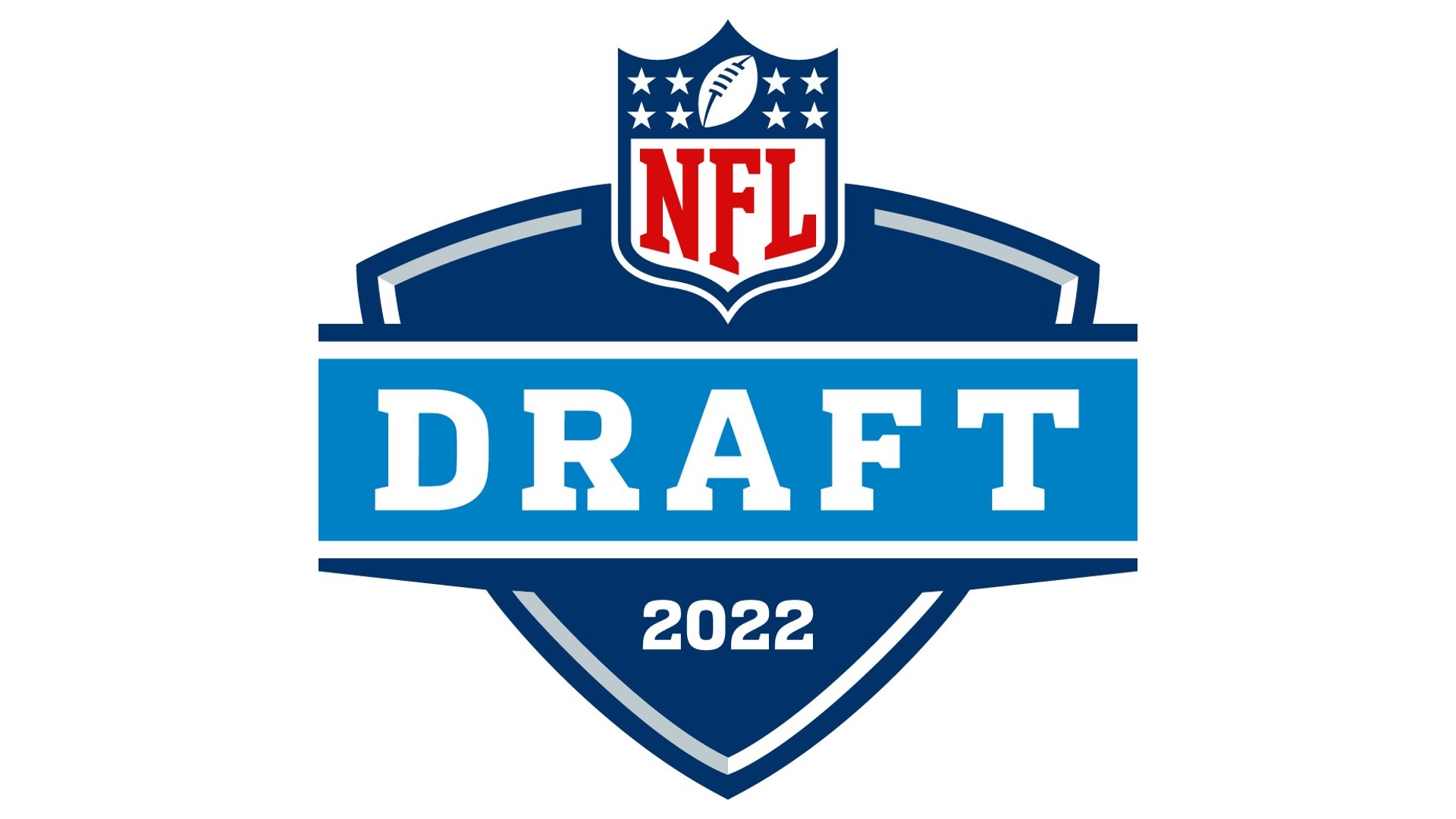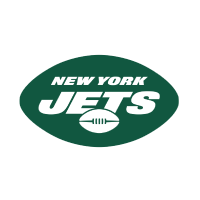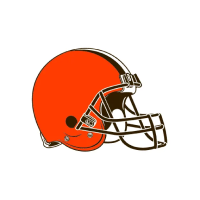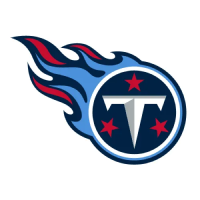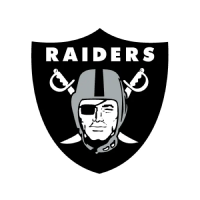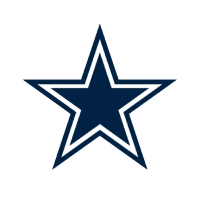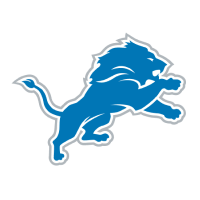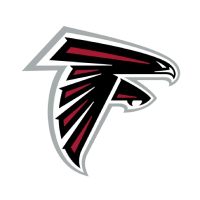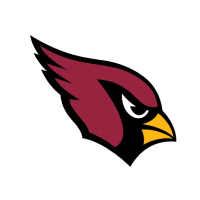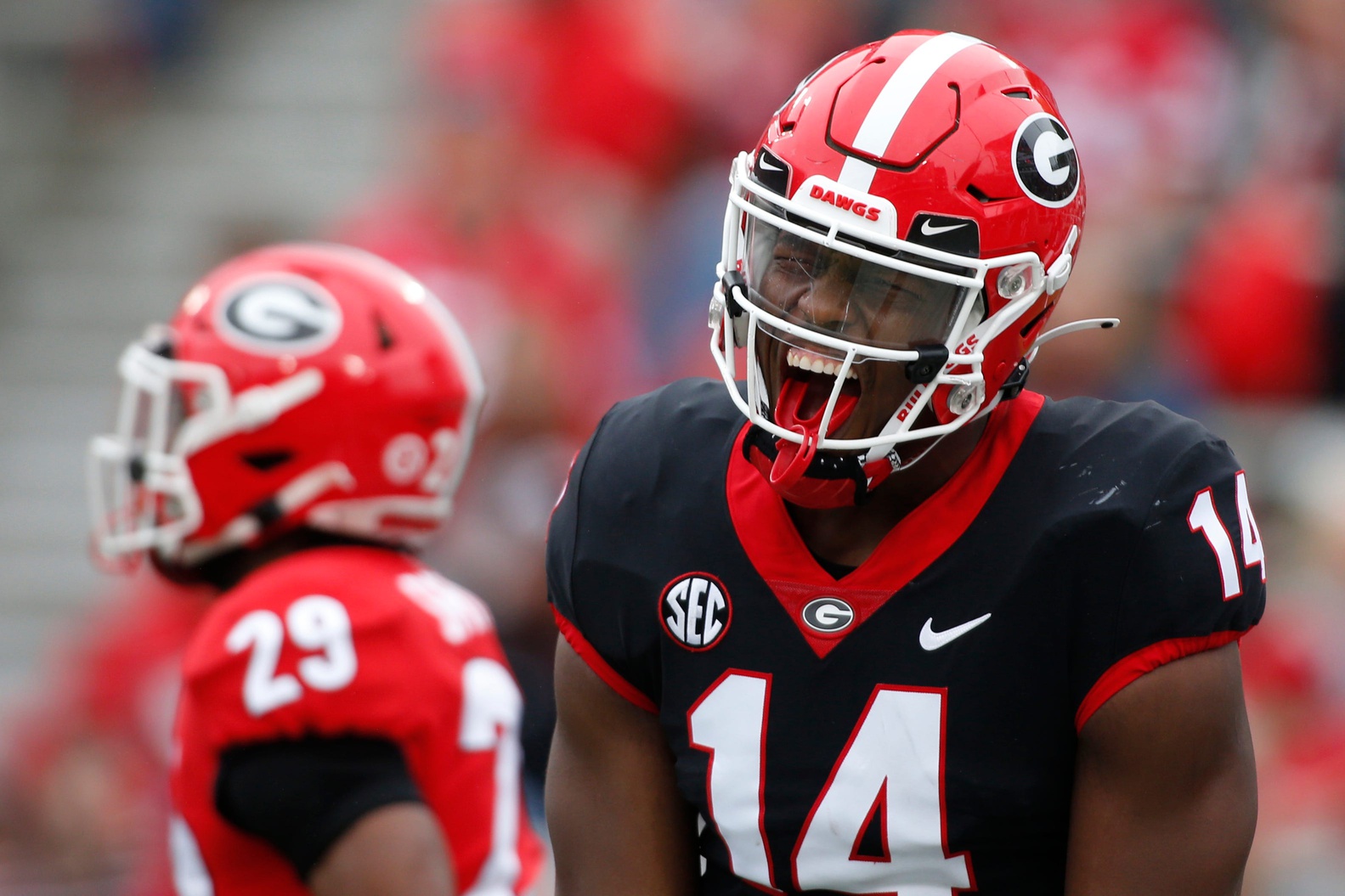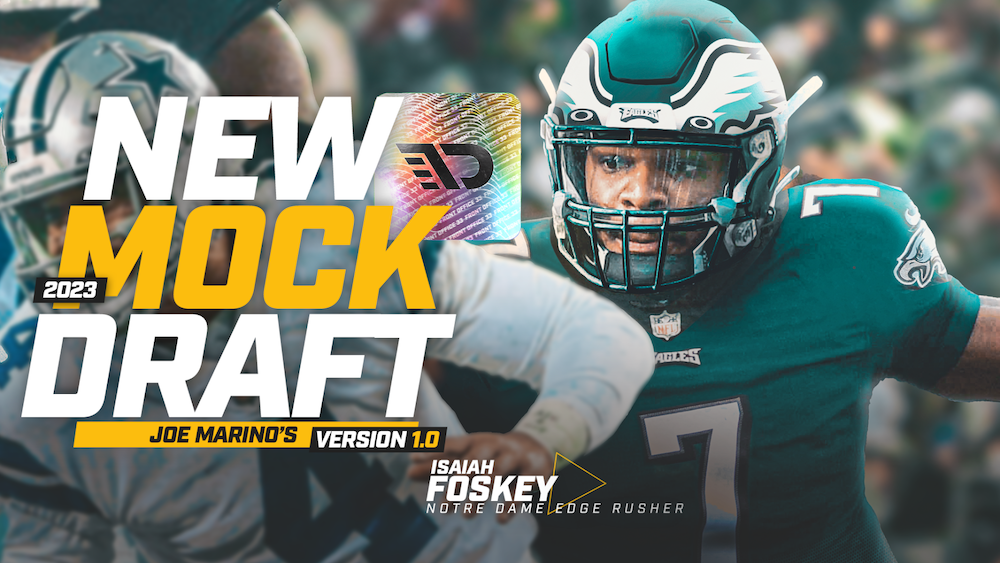It’s always a concerning way to start an article: logging on Stathead and checking the all-time record for something.
In this case, it was single-season targets. The record belongs to Rob Moore, who saw 208 targets for the Cardinals back in 1997. Only five receivers have ever cleared 200 targets in a single season; the only active receiver to ever do it is Julio Jones, with 203 targets in 2015.
Now, I don’t think any offense should aspire to break that record. No matter how good one wide receiver is, a healthy offense has a cadre of pass-catching options and is able to exploit various matchups to keep defenses guessing. Funneling the ball to one receiver, regardless of how talented that one receiver is, is a dangerous game.
Furthermore, if you’ve got a receiver in range of hitting that 200 target mark, that probably means you’re losing a lot of games. Sure, really good offenses throw the ball a lot—but so do the offenses shackled with really bad defenses. With big deficits come extra passing attempts as you look to claw out a win.
Once I start describing a team that doesn’t sound like the 2021 Tennessee Titans, you can stop me.
The Titans had a legendary departure in targets this past season. In the wide receiver room alone, 92 looks for Corey Davis, 35 for Adam Humphries, and another 15 for Kalif Raymond all found new homes in free agency. Tack on the 65 targets left behind by TE Jonnu Smith, and Tennessee has lost 207 total targets in free agency. The only players they return with more than 30 targets from last season are running back Derrick Henry (31), tight end Anthony Firkser (52), and star WR A.J. Brown (106).
The Titans did little to stop the bleeding. Their only significant free agent added along the offensive skill positions was WR Josh Reynolds, off of his strongest season as a pro with 81 targets, 52 receptions, and 618 yards last season as the WR3 for the Los Angeles Rams. There’s reason to be excited about Reynolds—but there’s also a reason why he signed a one-year, $1.75M deal in free agency. He’s yet to emphatically prove himself in the league.
In the draft, wide receiver was an expected priority for Tennessee—but again, they underwhelmed, drafting only a Day 3 dart throw in Dez Fitzpatrick. Fitzpatrick might boast of the height/weight/speed profile of an NFL receiver, but struggled for consistency across his college career at Louisville, and doesn’t seem ready for an early helping of responsibility in the NFL.
This brings us back to Brown. The Ole Miss big slot turned downfield maven for the Titans, few receivers in the league can rival Brown’s blend of physicality, competitiveness, and savvy at the catch point. He’s a unique player cast well into the Arthur Smith passing game in Tennessee. But of course, Smith is gone now—replaced by Todd Downing.
We don’t yet know exactly what the Downing offense is going to look like. When he called plays for the 2017 Oakland Raiders, he was fairly pass-heavy. Has his approach changed during his time in Tennessee, where the Titans have been among the league leaders in neutral down run rate? With the Raiders, targets were fairly evenly distributed between Michael Crabtree (101), Amari Cooper (96), and Jared Cook (86). Will he look for distributed targets again without such a talented trio of pass-catchers?
The moves of the offseason often reflect the priorities of the team, and the Titans were aggressive movers on defense. Mike Vrabel wants to get that unit back to dominant levels, and appropriately so. With the accompanying silence at pass-catcher, it tracks that the Titans want to be a ground-n-pound team that shortens the game, creates turnovers, and wins in a cloud of dust. All the power to ‘em—with a back like Henry, they’ve had a ton of success establishing the run and working play-action throws to Brown.
But there’s no longer a Davis to give Brown a relief; and that defense is worse, which will make the commitment to that running game even harder. If the Titans wanted to stay a run-heavy team this offseason, that’s fine—but the best-laid plans of coaches and execs often fall to the wayside once the season begins. When it comes time to win football games, they’ll likely have to rely on Brown more than ever.
So how many targets does Brown get exactly? It’s difficult to say. With only 14 games played last season, Brown’s 106 targets came in below guys like Alvin Kamara, Russell Gage, Evan Engram, and J.D. McKissic—players he is simply light years better than. There is no reason that a healthy Brown should average fewer than 10 targets a game, and on a 17-game season, deliver 170 targets altogether. A bit more wouldn’t even make me bat an eye.
Good news for fantasy owners. For the Titans? Not so much. That many targets to one player usually details organizational missteps and an unhealthy season. For as good as Brown is—and I think he’s a player that could churn out great production and efficiency on 170 targets—you simply have to get him more help in the passing game in the offseasons to come.
Filed In
Related Articles
NFL Draft
Arik Gilbert Doesn’t Need Big Workload To Be A Top NFL Draft Pick
- Aug 22, 2022
NFL Draft
2023 NFL Mock Draft: Marino 1.0
- Aug 22, 2022
Written By
